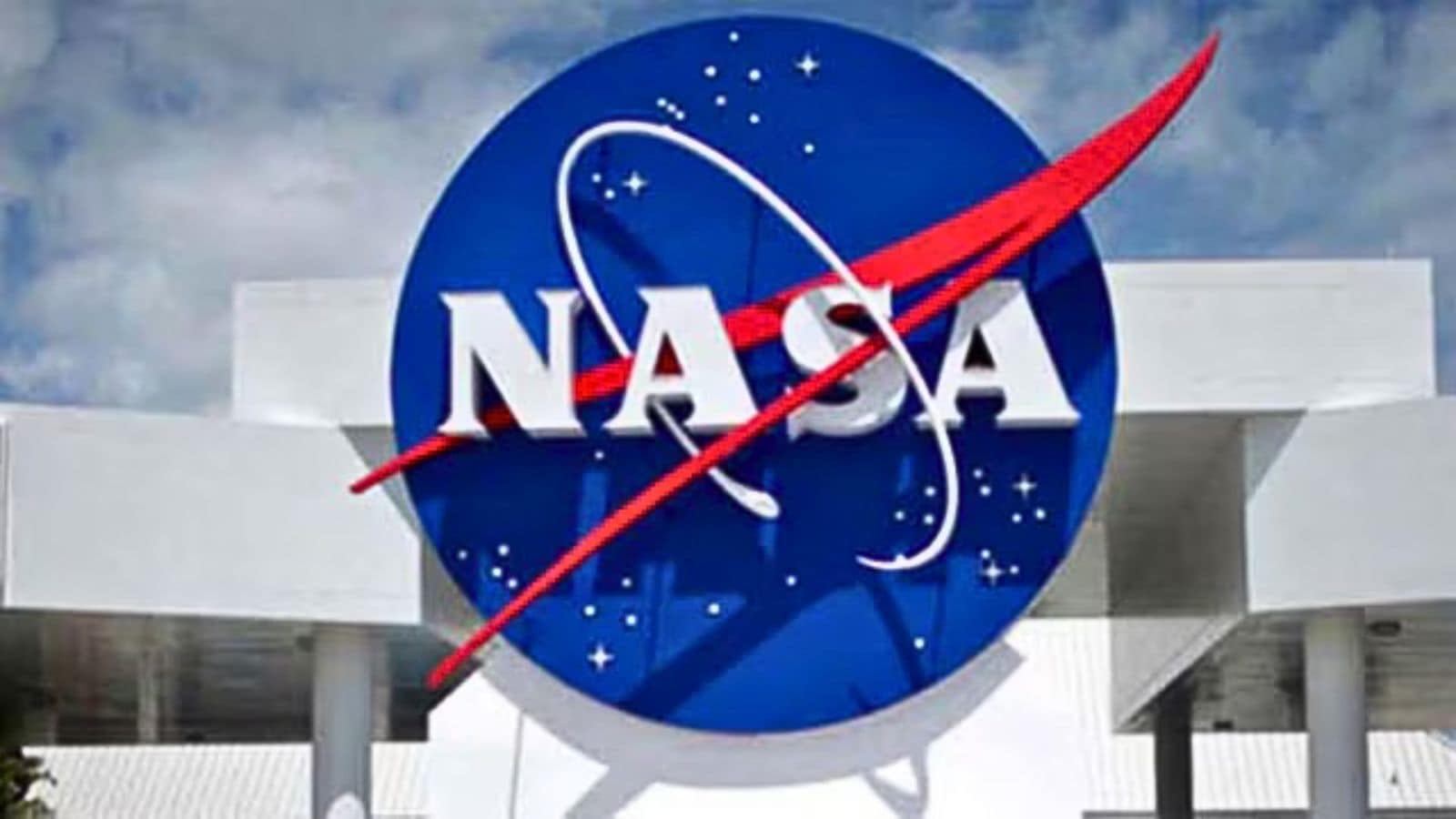The US National Aeronautics and Space Administration (Nasa) is expected to fast-track plans to build a nuclear reactor on the moon by 2030. The reactor is said to be part of the country’s broader ambitions to set up a permanent base for humans to live on the lunar surface.
Plans to expedite the lunar reactor emerged after US Transportation Secretary Sean Duffy, who has been appointed as the temporary head of Nasa by President Donald Trump, sent a directive to the space agency.
In the directive, Duffy has ordered Nasa to call for proposals from commercial companies to build a reactor on the moon that could generate at least 100 kilowatts of power, according to a report by Politico.
A 100-kilowatt reactor is smaller than on-shore wind turbines that typically generate 2-3 megawatts.
Nasa’s accelerated push to build a nuclear reactor on the moon comes after similar announcements from China and Russia in May. Several other nations, including India and Japan, are also racing to explore the lunar surface with plans to establish permanent human settlements.
“To properly advance this critical technology to be able to support a future lunar economy, high power energy generation on Mars, and to strengthen our national security in space, it is imperative the agency move quickly,” Duffy was quoted as saying by The New York Times.
China and Russia aim to build automated nuclear power stations on the moon by 2035.
Story continues below this ad
However, Nasa’s reactor goals and deadline have led to certain doubts since the agency faces steep budget cuts. The Trump administration is reportedly planning a 24 per cent cut to Nasa’s budget next year, slashing funding for numerous science programmes, including the Mars Sample Return Mission, which aims to bring rock and soil samples from the planet’s surface back to Earth.
This is not the first time that Nasa has explored using a nuclear reactor as a power source on the moon. In 2022, the agency reportedly issued three $5-million contracts to companies to design a nuclear reactor on the lunar surface.
But the announcements from China and Russia have prompted Nasa to quicken the pace because of the Artemis Accords—an agreement signed by seven countries to establish principles on how countries should cooperate on the moon’s surface. Notably, the Accords allow participating countries to declare areas around their assets and operations on the moon as “safety zones”.
The US might be concerned that if China or Russia set up a reactor or any kind of base on the moon, they could designate it as a safety zone and limit access to the surrounding areas of the lunar surface.
© IE Online Media Services Pvt Ltd

